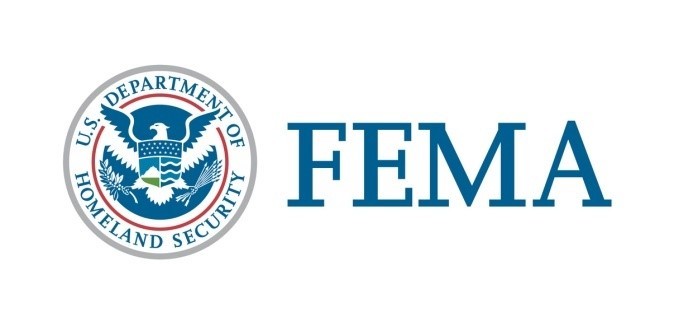|
FEMA ADVISORY – April 19, 2020
Coronavirus (COVID-19) Pandemic: Best Practices
FEMA and the U.S. Department of Health and Human Services (HHS) are collecting and sharing best practices and lessons learned from the whole-of-America response to the coronavirus (COVID-19) pandemic. The best practices are intended to help medical practitioners, emergency managers, and other critical stakeholders learn from each other’s approaches and apply solutions to current response and recovery operations.
The FEMA Coronavirus Emergency Management Best Practices page provides a one-stop shop to explore best practices and lessons learned across all levels of government, private sector, academic institutions, professional associations, and other organizations. HHS has a comprehensive Novel Coronavirus Resources page that highlights technical resources and information for the medical community and emergency responders.
Best practices are organized around five themes:
- Helping People, which includes best practices on topics such as crisis counseling resources and anticipating and attending to civil rights;
- Government Operations best practices such as public information and continuity of operations considerations;
- Private Sector and Infrastructure, which includes best practices for commercial trucking and food stores;
- Recovery Planning and Implementation, to include the newly released FEMA Disaster Financial Management Guide and economic recovery considerations; and
- Medical Supplies and Equipment, including best practices for the preservation of personal protective equipment while ensuring workers are protected.
Please visit www.coronavirus.gov for current health-related guidance and information on COVID-19.
Contact Us
If you have any questions, please contact FEMA Office of External Affairs, Congressional and Intergovernmental Affairs Division:
Follow Us
Follow FEMA on social media at: FEMA online, on Twitter @FEMA or @FEMAEspanol, on FEMA Facebook page or FEMA Espanol page and at FEMA YouTube channel.
Also, follow Administrator Pete Gaynor on Twitter @FEMA_Pete.
FEMA Mission
To help people before, during and after disasters.


|